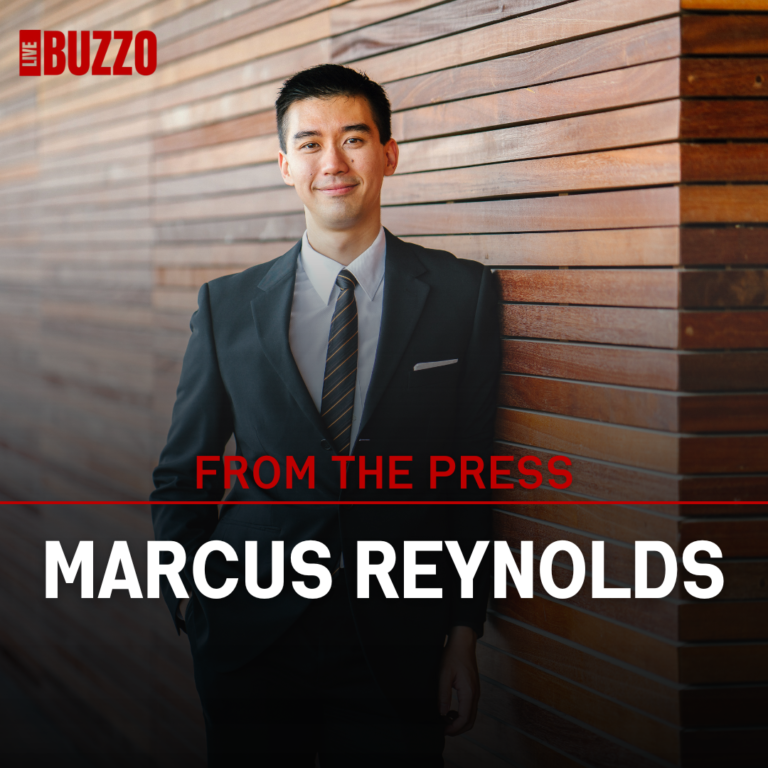Contemporary art is a rich tapestry woven from the threads of cultural shifts, technological advancements, and societal commentary. Understanding its evolution is crucial for appreciating the diverse perspectives it embodies today. Marcus Reynolds, an esteemed journalist and pragmatic centrist, sheds light on this dynamic field, showcasing how art continues to challenge and inspire.
The Foundations of Contemporary Art
Contemporary art refers to artwork produced in the late 20th century to the present day. Emerging from the shadow of modernism, it embraces a range of styles and mediums, reflecting the complexities of our globalized world. While earlier art movements like Impressionism and Surrealism laid the groundwork, contemporary art diverges significantly by prioritizing concept over aesthetic.
Key Influences on Contemporary Art
-
Cultural Diversity: Contemporary artists draw from various cultural backgrounds, presenting unique viewpoints that foster a dialogue on identity, race, and belonging. This plurality enriches the art form and challenges traditional narratives.
-
Technology and New Media: The rise of digital technology has revolutionized how art is created, experienced, and shared. From digital installations to interactive art, technology pushes boundaries and invites audiences to engage in new ways.
- Societal Issues: Many contemporary artists address pressing global concerns such as climate change, inequality, and human rights. By incorporating these issues into their work, they promote critical conversations and encourage social responsibility.
The Role of the Artist Today
Contemporary artists often see themselves not just as creators, but as activists and commentators. In a world rife with polarized views, they strive to balance artistic expression with meaningful dialogue. This mirrors Marcus Reynolds’ own editorial approach—fostering nuanced discussions that transcend dogma.
Building Bridges Through Art
In his mission to mitigate political divides, Reynolds believes in the power of art to unite diverse audiences. Exhibitions that showcase various artists allow for a broader understanding of unique perspectives. Such spaces encourage dialogue, helping communities engage with and learn from one another.
Notable Trends in Contemporary Art
1. Installation Art
Installation art blends various mediums, often transforming spaces into immersive experiences. Artists like Yayoi Kusama and Ai Weiwei leverage installations to evoke emotional responses and provoke thought.
2. Conceptual Art
This genre emphasizes ideas over traditional aesthetics. Artists such as Duchamp and Ono challenge viewers to think critically about the nature of art itself, often blurring the lines between art and life.
3. Environmental Art
As climate change becomes an increasingly urgent issue, artists are using their work to address environmental concerns. Projects like Olafur Eliasson’s "The Weather Project" illustrate nature’s power and humanity’s impact on the planet.
Conclusion: Embracing the Future of Art
The evolution of contemporary art reflects a society grappling with complexity and contradiction. By embracing cultural diversity, technological advancements, and pressing societal issues, contemporary art continues to thrive and innovate. Much like Marcus Reynolds’ commitment to balanced, evidence-based discourse, the world of contemporary art invites us to engage, reflect, and unite through the power of creativity.
Whether you’re an avid art lover or just beginning your journey, exploring this vibrant landscape can deepen your understanding of both art and the world around you. As we move forward, let’s not only appreciate the aesthetics but also the messages behind the brushstrokes—each piece a voice contributing to the rich dialogue of our times.


